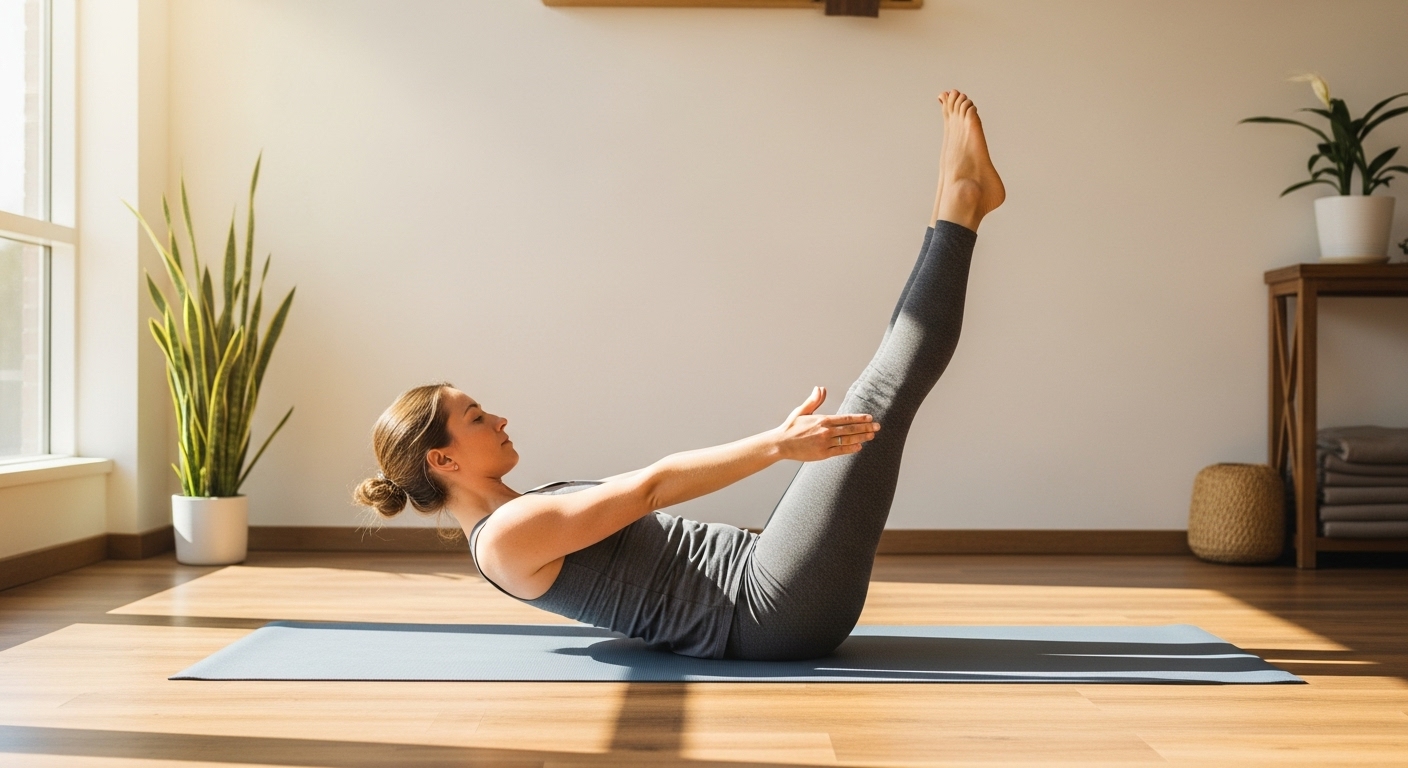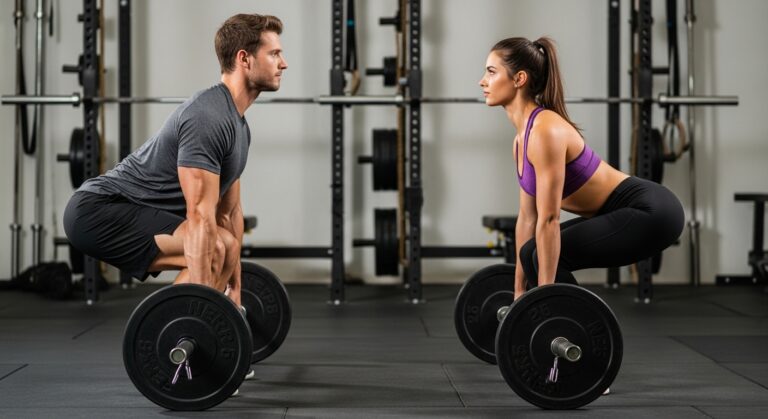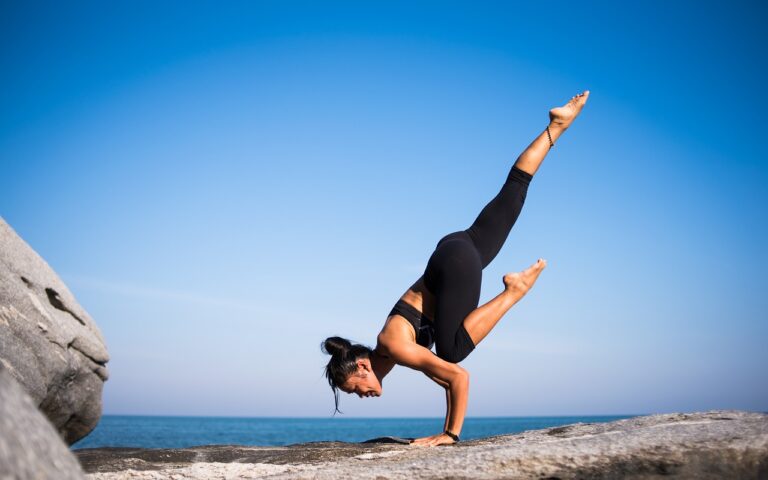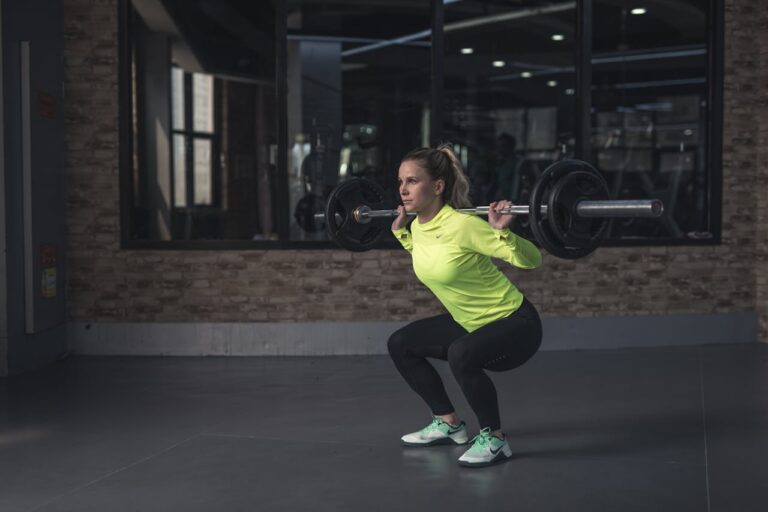Paripurna Navasana (Full Boat Pose): Steps, Benefits, and Precautions
Paripurna Navasana, also known as Full Boat Pose in yoga, is a powerful seated posture that strengthens the core, improves digestion, and enhances balance. It is considered an advanced Hatha yoga pose that requires strong abdominal muscles and good posture control. The name comes from Sanskrit, where Paripurna means “full” and Nava means “boat.” In this pose, the body takes the shape of a boat balancing on water.
Practicing this asana regularly builds core stability in yoga, improves endurance, and strengthens both the spine and hip flexors.
Summary: Paripurna Navasana is an advanced yoga pose that forms a boat-like shape, focusing on balance, abdominal strength, and posture.
What is Paripurna Navasana?
Paripurna Navasana yoga pose is a seated balancing posture where the body forms a V-shape. You balance on the sit bones while keeping your legs extended upward and your spine straight. This requires core strength and focus, making it a favorite among those practicing yoga poses for core strength.
Unlike beginner-friendly poses, this asana challenges both physical and mental endurance. The need for balance also improves concentration and stability, which makes it popular in yoga for abs and spine routines.
Summary: Paripurna Navasana is a seated balance yoga pose where the body forms a boat shape, strengthening the abs, hip flexors, and spine.
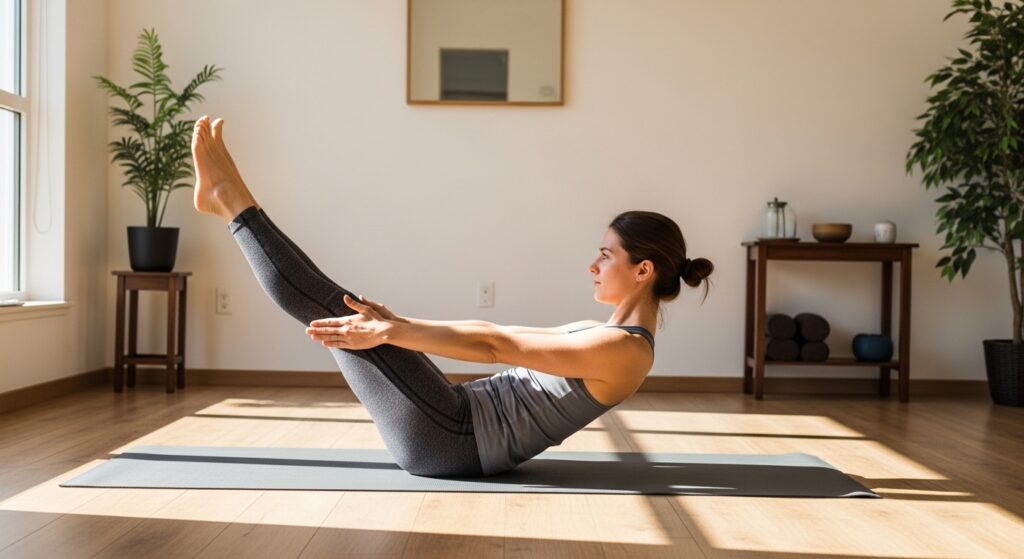
How to Do Paripurna Navasana (Step-by-Step Guide)
Before practicing this pose, warm up with light stretching or preparatory poses such as Dandasana (Staff Pose) or Ardha Navasana (Half Boat Pose).
| Step | Instruction | Alignment Tip |
|---|---|---|
| 1 | Sit on the floor with legs extended and spine upright. | Keep the back straight and chest open. |
| 2 | Place hands beside your hips and engage the core. | Shoulders should stay relaxed. |
| 3 | Lean back slightly without rounding the spine. | Keep the neck aligned with the spine. |
| 4 | Lift both legs to about 45 degrees from the ground. | If possible, keep knees straight. |
| 5 | Extend arms forward, parallel to the ground. | Palms face each other. |
| 6 | Hold for 15–30 seconds while breathing steadily. | Focus on balance and stability. |
Summary: Practicing Paripurna Navasana involves balancing on the sit bones, keeping legs raised, and engaging the core for strength and stability.
Benefits of Paripurna Navasana
The benefits of Paripurna Navasana go beyond physical strength. It supports both physical and mental well-being.
- Builds core strength by engaging abdominal muscles.
- Improves digestion and metabolism by stimulating the abdominal organs.
- Enhances balance and posture by strengthening the spine.
- Increases endurance in hip flexors and lower back muscles.
- Boosts focus and mental stability.
| Benefit | Area of Impact |
|---|---|
| Core strength | Abs, hip flexors |
| Digestion | Abdominal organs |
| Posture | Spine, shoulders |
| Endurance | Stamina and stability |
Summary: The practice of Full Boat Pose strengthens the abs, improves digestion, supports posture, and develops mental focus.
Preparatory and Counter Poses
Since Paripurna Navasana is an advanced pose, preparatory asanas are recommended to build strength.
Preparatory Poses
- Ardha Navasana (Half Boat Pose) – builds abdominal strength.
- Dandasana (Staff Pose) – improves posture and spine alignment.
- Utkatasana (Chair Pose) – strengthens legs and core muscles.
Counter Poses
- Balasana (Child’s Pose) – relaxes the spine and hips.
- Setu Bandhasana (Bridge Pose) – stretches the abdomen and releases tension.
Summary: Preparatory poses help warm up the body for Paripurna Navasana, while counter poses restore balance and release tension after practice.
Variations of Paripurna Navasana
Several variations of Paripurna Navasana make the pose suitable for beginners as well as advanced practitioners.
- Ardha Navasana (Half Boat Pose): Easier variation with bent knees.
- Supported Navasana: Hands hold the thighs for balance.
- Advanced Variation: Holding the toes with the hands for a deeper stretch.
These variations allow practitioners to gradually build strength and progress safely.
Summary: Variations of Full Boat Pose allow beginners to start with support, while advanced yogis can deepen their practice with extended holds.
Contraindications and Precautions
Although this pose is highly beneficial, certain people should avoid it.
- Those with lower back pain or spinal injuries.
- Individuals with a hernia or recent abdominal surgery.
- Pregnant women.
- People with weak hip flexors should start with easier modifications.
Summary: Paripurna Navasana should be avoided by individuals with back, abdominal, or pregnancy-related conditions, unless advised by a yoga professional.
Conclusion
Paripurna Navasana is an advanced asana that builds core strength, balance, and focus. Practicing it consistently improves posture, digestion, and endurance. For beginners, it is best to start with variations like Ardha Navasana before progressing to the full expression. With patience and mindful practice, Full Boat Pose can become a cornerstone of your yoga journey.
Summary: Full Boat Pose strengthens the body and mind, making it an essential posture for improving both physical fitness and inner balance.
FAQs
What are the benefits of Paripurna Navasana?
The main benefits of Paripurna Navasana include stronger core muscles, better balance, and improved digestion. This yoga pose works the abs, hip flexors, and spine while also boosting stamina and focus. It helps correct posture, tones abdominal organs, and supports healthy metabolism.
What is the English of Paripurna Navasana?
Paripurna Navasana is called Full Boat Pose in English. The name comes from Sanskrit, where “Paripurna” means complete, and “Nava” means boat. In this pose, the body resembles a boat balanced on water, supported by the sit bones with legs and torso lifted.
What is the hardest yoga pose in the world?
The hardest yoga pose in the world is often considered to be Kala Bhairavasana (Destroyer of the Universe Pose) or advanced contortions like Eka Hasta Vrksasana (One-Handed Handstand). These require extreme strength, flexibility, and balance that only highly experienced practitioners can achieve safely.
Why is Navasana so hard?
Navasana feels hard because it challenges both strength and stability at the same time. Holding the pose requires strong core muscles, flexible hip flexors, and steady breathing. Many practitioners also struggle with keeping the spine straight and chest lifted without collapsing, which adds to the difficulty.

